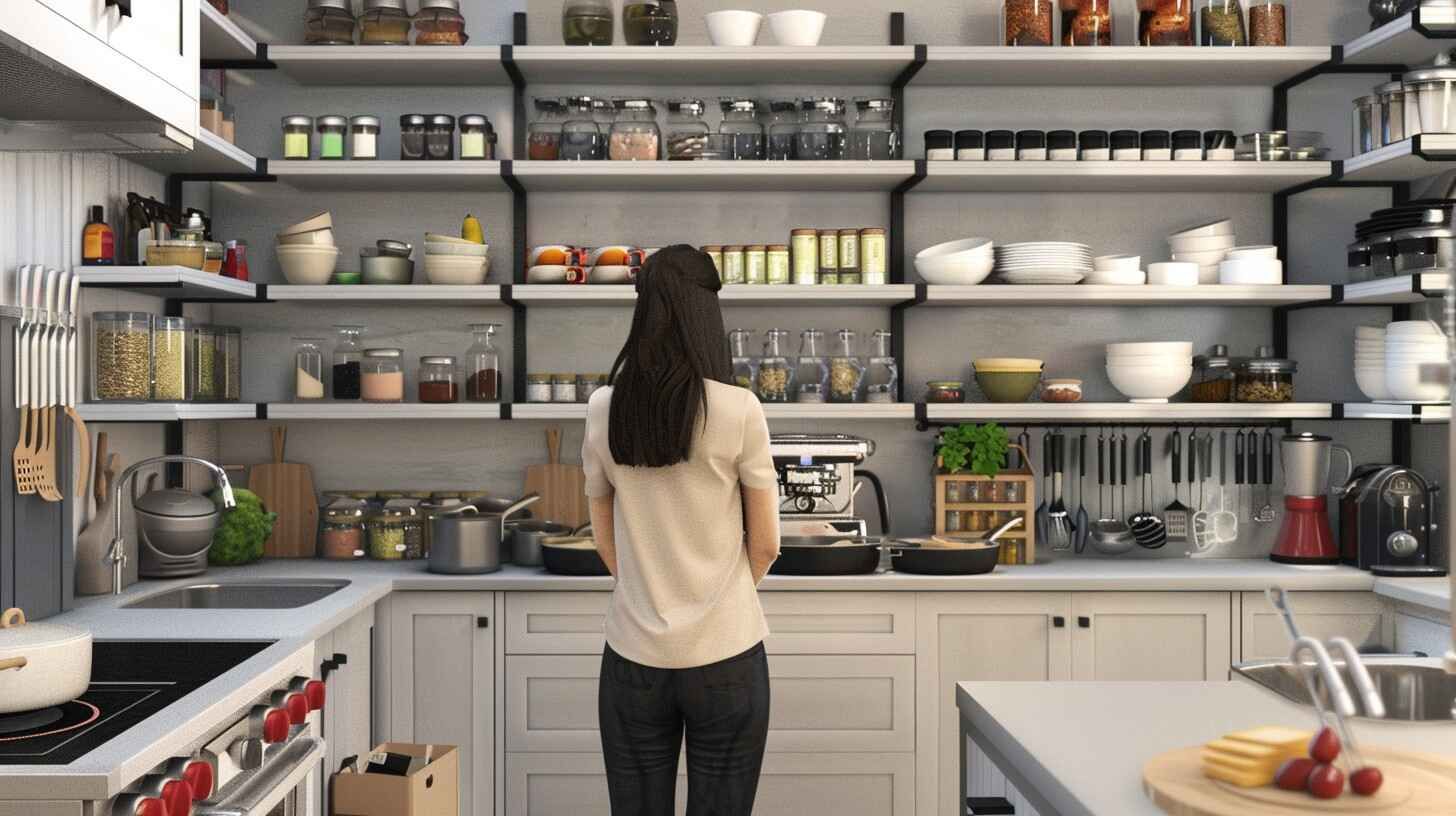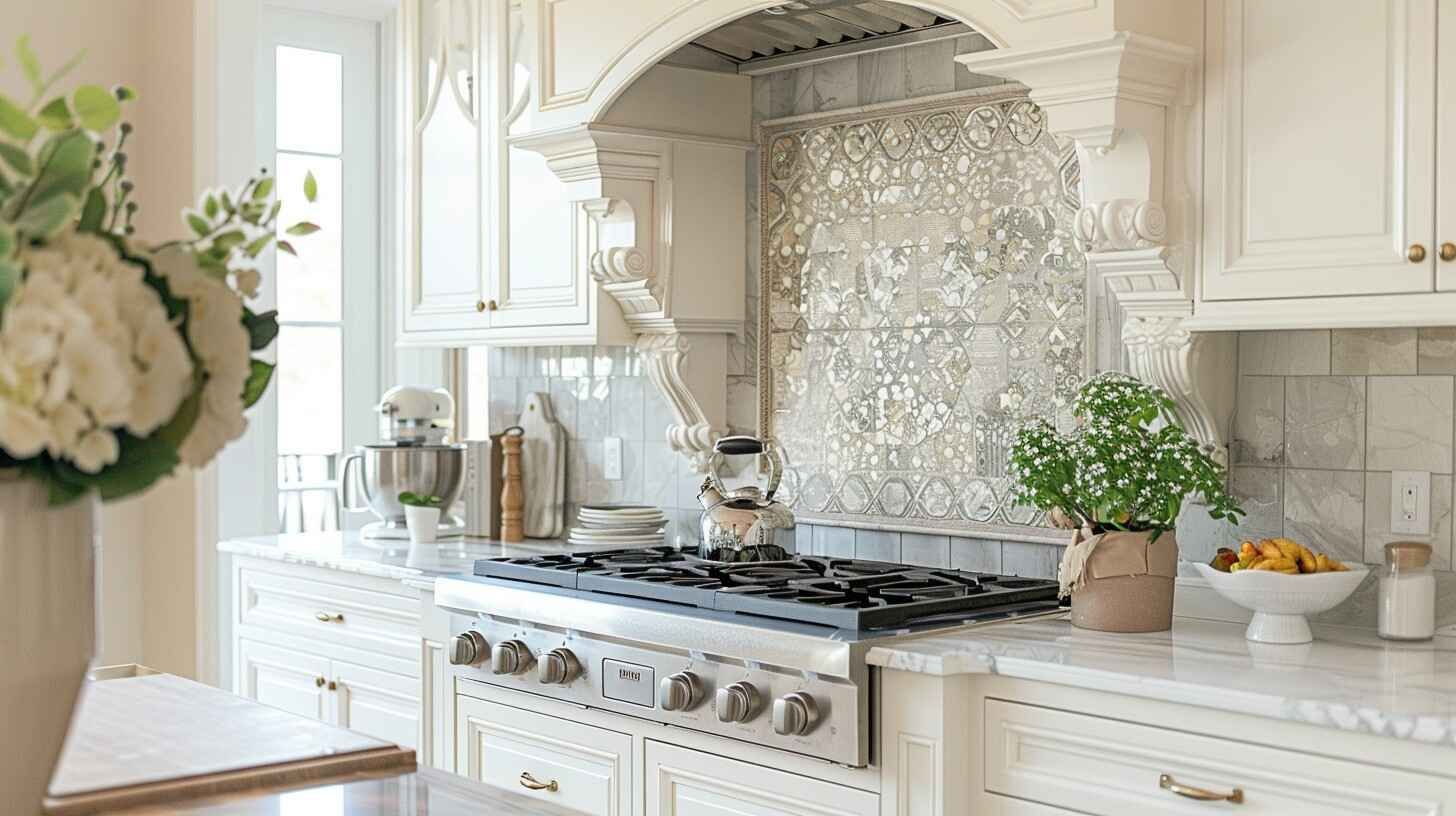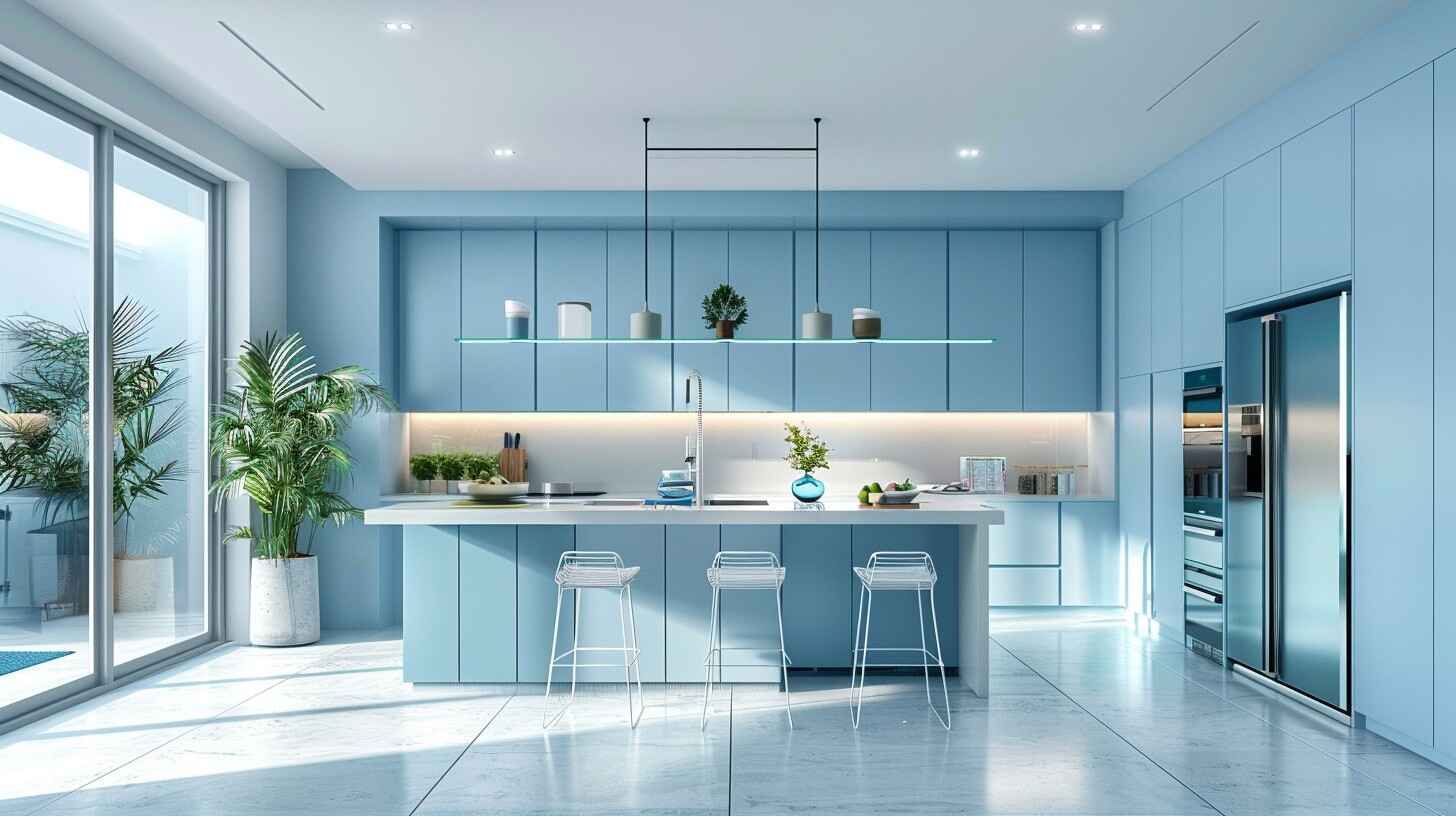How To Save Money On a Kitchen Remodel?

To save money on a kitchen remodel, consider budget-friendly design options like painting cabinets, updating hardware, changing lighting to energy-efficient LEDs, and adding an affordable backsplash. Opt for cost-effective materials such as laminate countertops, ready-to-assemble cabinets, and luxury vinyl flooring. Embrace DIY projects by repurposing old materials, painting, and installing hardware yourself. Plan smartly by creating a detailed budget, researching different design layouts, establishing a timeline, and effectively communicating with contractors. These strategies can help you achieve a stylish kitchen transformation while staying within budget constraints. For those seeking affordable kitchen remodeling, these tips are invaluable.
Budget-Friendly Design Ideas
Incorporating simple yet stylish design ideas can help achieve a cost-effective transformation when starting a kitchen remodel with a limited budget. One budget-friendly design idea is to focus on updating the kitchen cabinets. Instead of replacing them entirely, consider giving them a fresh coat of paint in a modern color to revitalize the space instantly. Another cost-effective option is to replace just the cabinet doors or hardware for a more budget-friendly update.
In addition, changing out the kitchen lighting fixtures can make a significant impact without breaking the bank. Opt for energy-efficient LED bulbs and stylish yet affordable light fixtures to brighten the space. Furthermore, adding a fresh backsplash can elevate the kitchen's design aesthetic without spending a fortune. Choose affordable subway tile or peel-and-stick options for a budget-friendly yet stylish backsplash update.
These simple design ideas can help transform your kitchen into a stylish space while staying within budget constraints.
Cost-Effective Material Choices
To achieve a cost-effective kitchen remodel, carefully selecting budget-friendly materials can significantly affect the overall project expenses. Regarding cost-effective material choices, several options can help you save money without compromising on quality or style.
One great way to save on material costs is by opting for laminate countertops instead of pricier materials like granite or quartz. Laminate countertops come in various styles and colors, are durable, and are a fraction of the cost of their higher-end counterparts.
Using ready-to-assemble (RTA) cabinets could be a more affordable option for cabinetry. These cabinets are more budget-friendly than custom-built ones and can be easily assembled at home, saving you on installation costs.
Another cost-effective material choice is luxury vinyl flooring. This flooring replicates the look of more expensive materials like hardwood or stone but comes at a much lower price point. Moreover, luxury vinyl flooring is durable, easy to maintain, and water-resistant, making it an excellent choice for kitchens. By being strategic in your material selections, you can achieve a beautiful kitchen remodel while staying within your budget.
DIY Projects for Savings
Starting on do-it-yourself (DIY) projects can significantly contribute to cost savings during a kitchen remodel. DIY projects allow homeowners to take on tasks that don't necessarily require professional skills, such as painting cabinets, installing new hardware, or even laying down a new backsplash. These projects help save on labor costs and provide a sense of accomplishment and personalization to the remodel.
When considering DIY projects for your kitchen remodel, it's crucial to evaluate your skills realistically. Simple tasks like painting walls or cabinets are often manageable for beginners, while more complex projects like electrical work or plumbing should be left to professionals. Researching tutorials online, attending workshops, or seeking advice from hardware store professionals can also help boost your DIY confidence.
Repurposing and upcycling old materials or furniture can add a unique touch to your kitchen while being budget-friendly. Refinishing old cabinets, repainting a thrifted kitchen table, or creating open shelving from reclaimed wood are all creative DIY projects that can save money and give your kitchen a personalized charm.
Tips for Smart Planning
Effective planning is the cornerstone of a successful kitchen remodel, ensuring that every aspect of the project is thoughtfully considered and strategically executed. To start, create a detailed budget outlining all expenses, including materials, labor, permits, and unexpected costs—research different design options and layouts to determine what best suits your needs and space. Consider the workflow in your kitchen and how to optimize it for efficiency.
Next, establish a timeline that factors in delivery schedules, installation dates, and any potential setbacks. Communicate clearly with contractors, designers, and suppliers to avoid misunderstandings leading to delays or additional expenses. Flexibility is critical, so be prepared to adjust while staying focused on your end goal.
Lastly, prioritize your must-haves and where to compromise to stay within budget. Remember that sometimes less is more, and simple upgrades can significantly impact without breaking the bank. You can achieve a successful kitchen remodel by planning meticulously and staying organized without overspending.
Other Kitchen Remodeling ideas:



